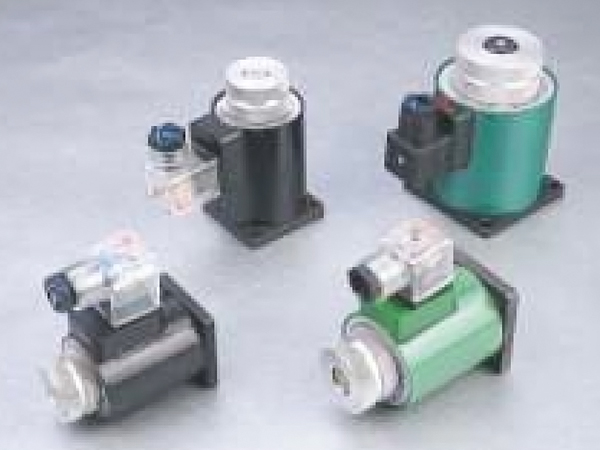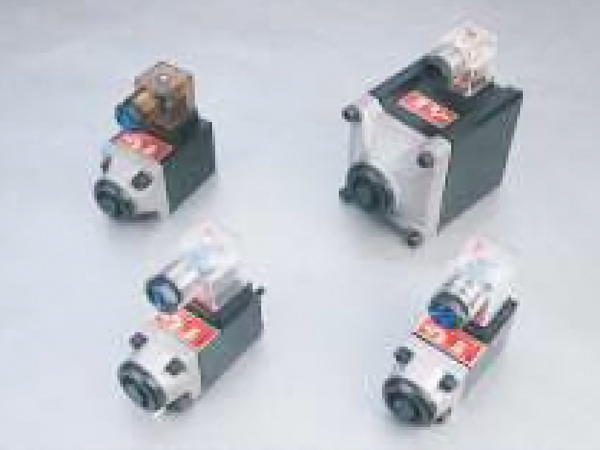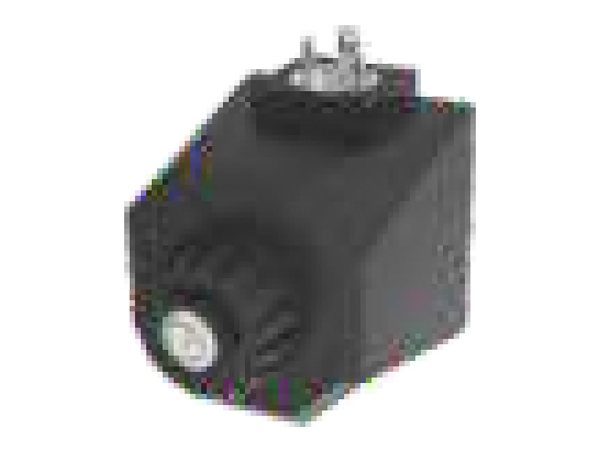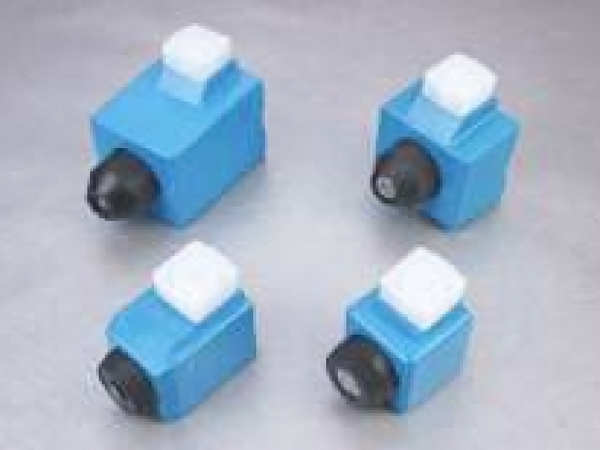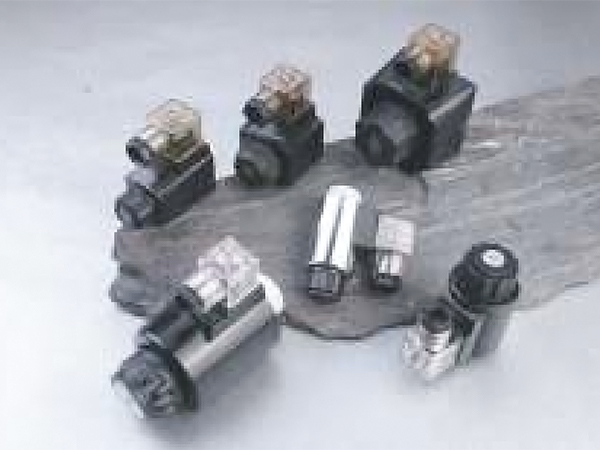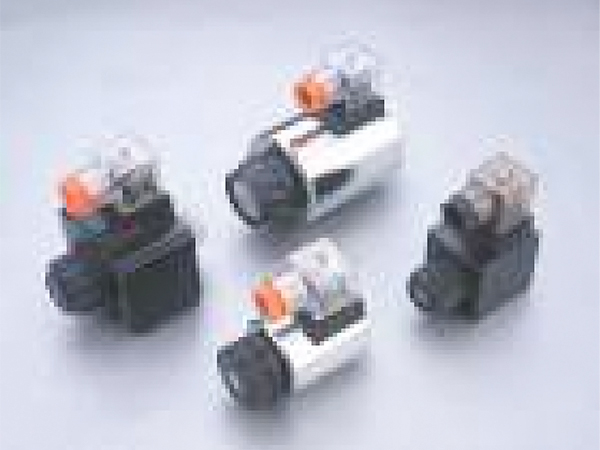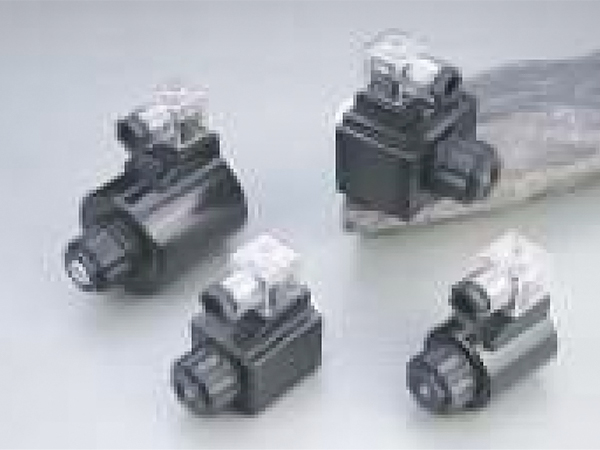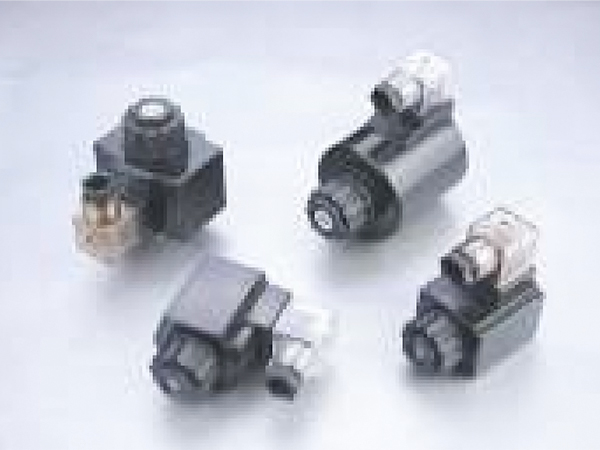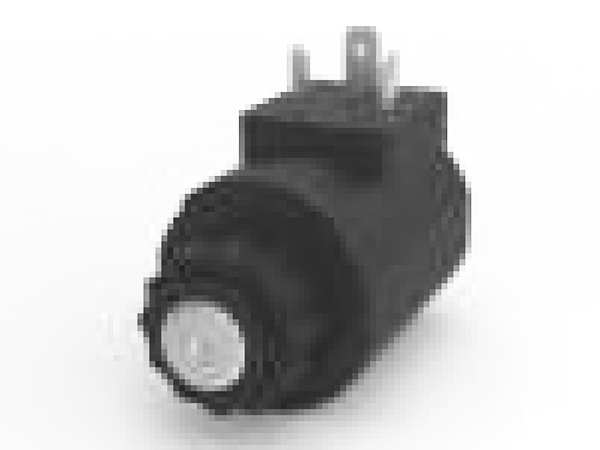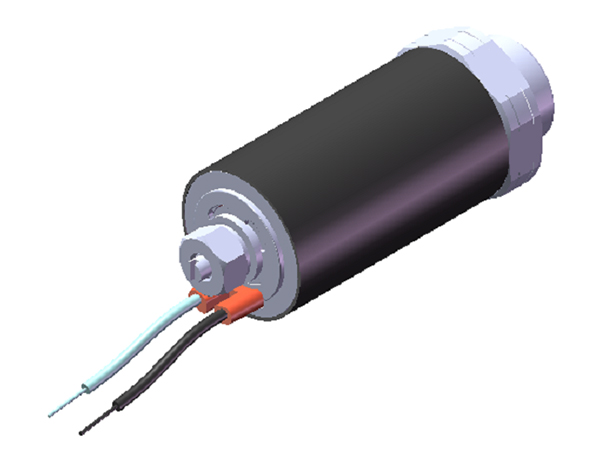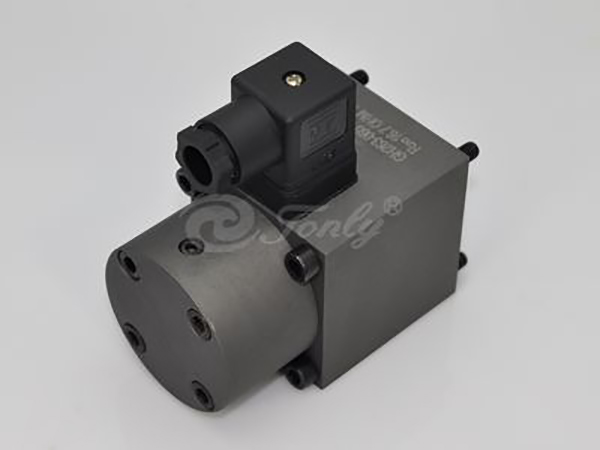How does the Hydraulic Explosion Proof Solenoid handle fluctuating pressure and temperature conditions without compromising performance?
The Hydraulic Explosion Proof Solenoid is constructed with specialized materials designed to maintain their structural and operational integrity under extreme temperature conditions. These materials include heat-resistant alloys and advanced polymers that resist thermal degradation. For example, solenoids may use components like stainless steel, which offers high tensile strength and resistance to corrosion at elevated temperatures, or ceramic-based insulation, which has excellent heat tolerance. Heat-resistant coatings may be applied to the exterior of the solenoid to prevent damage due to prolonged exposure to high temperatures. This makes the solenoid reliable for continuous use in hot environments, such as those found in industrial plants or outdoor equipment exposed to direct sunlight or high ambient temperatures.
Hydraulic systems are subject to fluctuating pressures due to variable fluid flow rates, changes in system demand, or valve performance. The Hydraulic Explosion Proof Solenoid is designed to compensate for these fluctuations using internal pressure-regulating mechanisms. It incorporates advanced seals, valves, and pressure relief devices that ensure the internal components are not exposed to damaging pressure spikes. These features allow the solenoid to perform optimally even when there is a rapid increase or decrease in pressure, maintaining stability and preventing the solenoid from becoming a failure point in the system.
The explosion-proof nature of the solenoid is integral to ensuring its performance in hazardous environments where pressure and temperature extremes are common. The solenoid is typically housed in a rugged, explosion-proof enclosure made of materials such as cast aluminum or steel. These materials are not only resistant to corrosion and mechanical wear but also designed to contain any potential sparks or heat generated by the solenoid, thus preventing ignition in hazardous atmospheres. This housing is tested to meet or exceed strict safety standards, ensuring the solenoid’s continued performance under pressure and temperature stress while mitigating the risk of explosions in volatile environments.
The seals and gaskets within the Hydraulic Explosion Proof Solenoid are designed to maintain a tight, secure barrier against contaminants, leaks, and pressure changes, regardless of the temperature. These seals are made from high-performance elastomers such as Viton, fluorocarbon, or PTFE, which are specifically selected for their resistance to thermal expansion, shrinkage, and wear. The seals must remain functional and maintain their resilience across a wide temperature range, even when subjected to temperature cycling, which can cause traditional seals to fail. The precision in sealing also helps prevent fluid leakage, which could cause contamination or disrupt system pressure, ultimately maintaining system efficiency.
During operation, the Hydraulic Explosion Proof Solenoid may experience fluctuations in temperature, leading to expansion or contraction of materials. To mitigate these effects, solenoids are designed with features that accommodate this natural expansion. For instance, flexible gaskets, seals, and precision-engineered mounting components are used to allow for slight movement without causing internal stresses. Materials used in the construction of the solenoid are selected for their low coefficient of expansion, ensuring minimal dimensional changes that could interfere with the solenoid's operational parameters. This attention to material properties ensures that the solenoid functions as intended, even under conditions of thermal cycling.
For more information, please call us at + 86-574-88452652 or email us at [email protected].
Product Categories
The Proportional Solenoid for Hydraulics is designed to provide fine-tuned regulation of fluid flow ...
Hydraulic presses are used in industries such as metalworking, plastic molding, and stamping. Hydrau...
The integration of an External Shock-Absorbing Solenoid Valve provides substantial improvements in s...
Coils for Cartridge Solenoid Valves used in mobile hydraulic and industrial equipment must be design...
Coils designed for higher voltages have higher internal resistance due to longer or thinner wire win...
The precise alignment of the Hydraulic Position Sensor is fundamental to its operation. For the sens...

 English
English 简体中文
简体中文